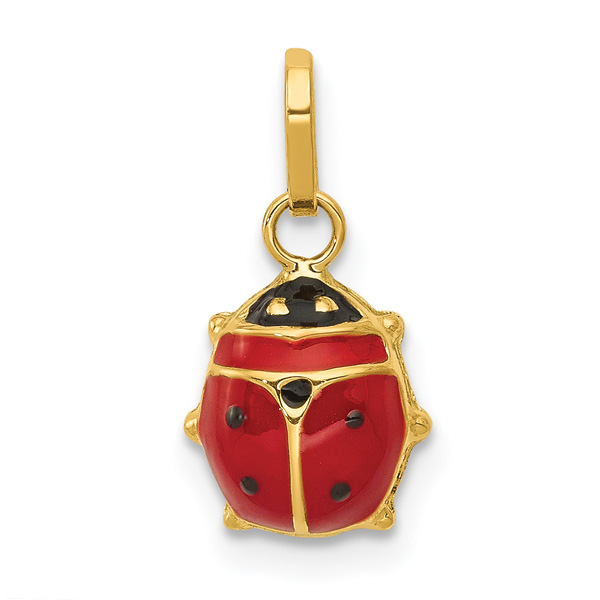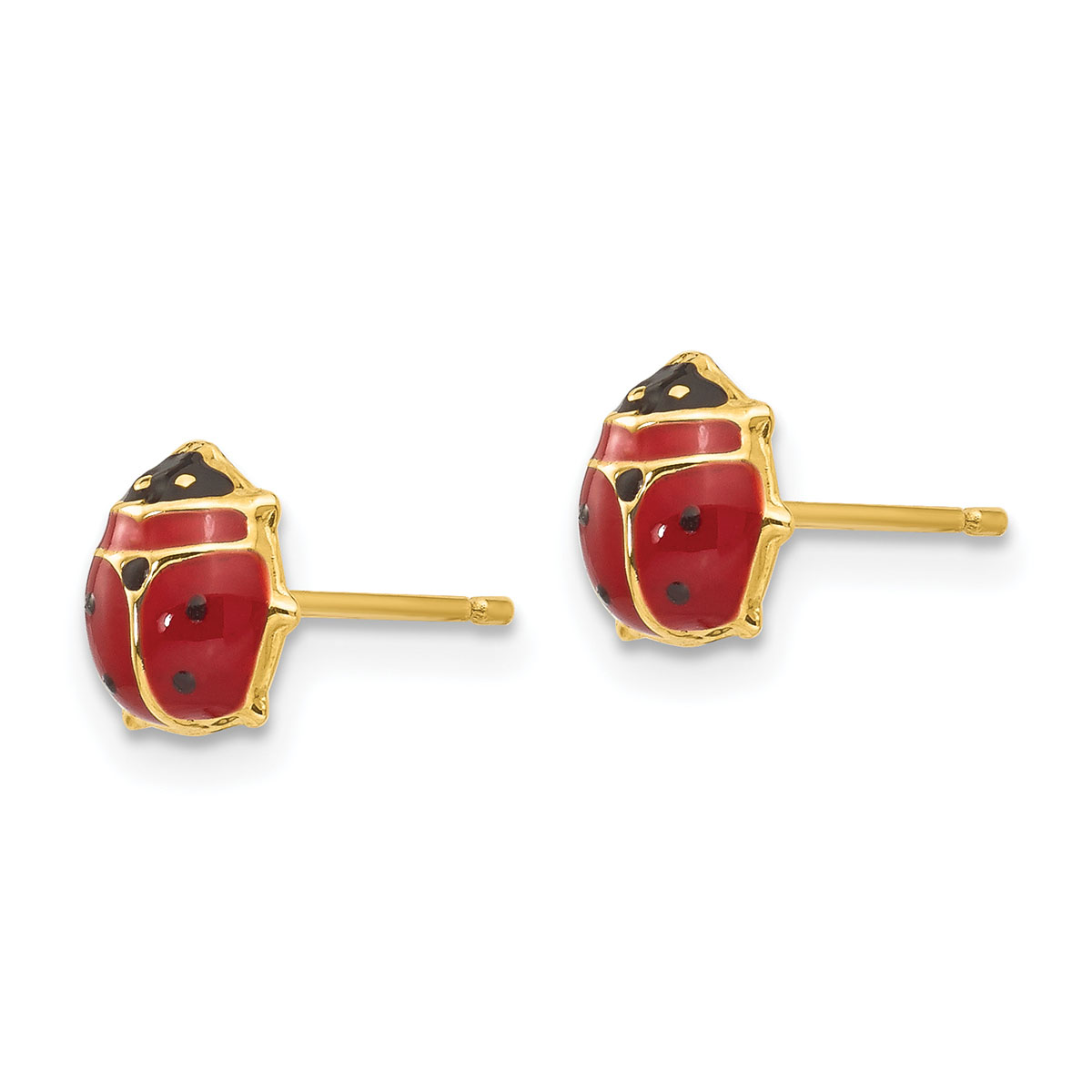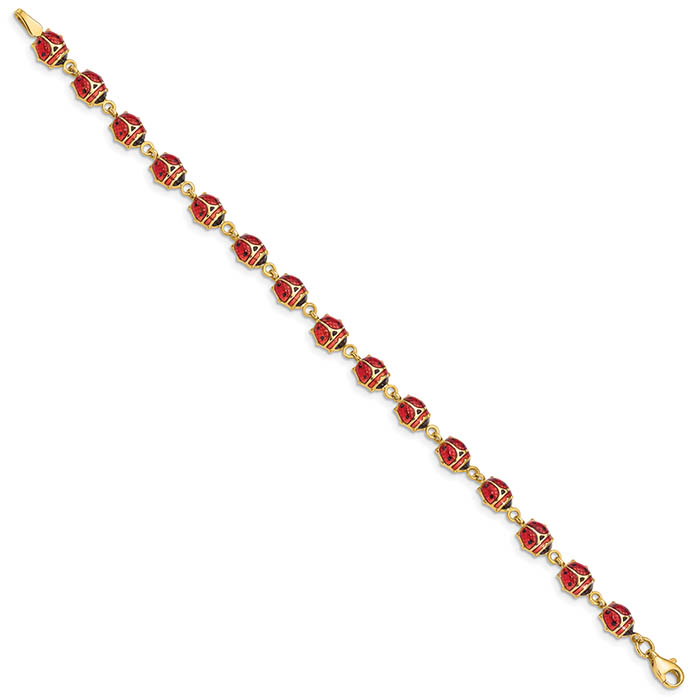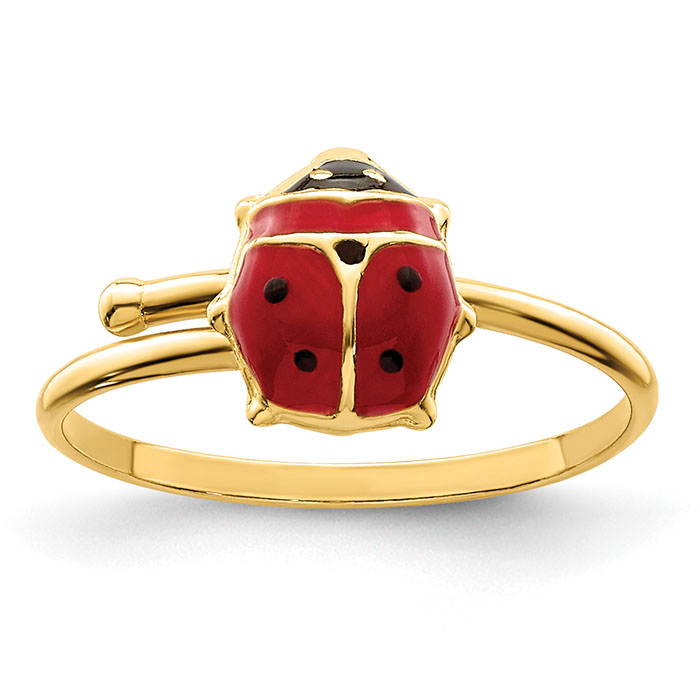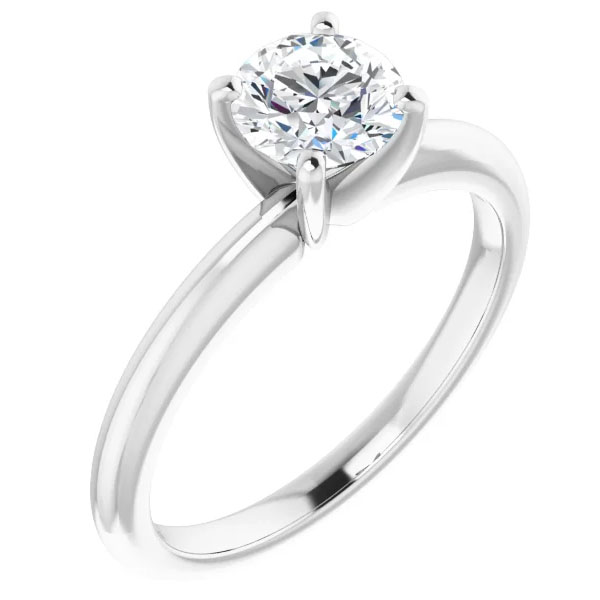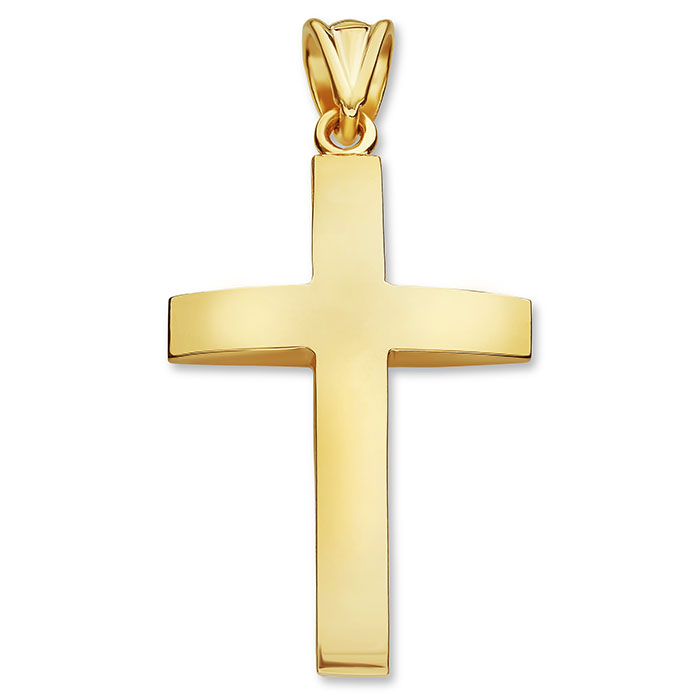All About the Ladybug
The ladybug family is often known as lady beetles or ladybird beetles. Ladybugs are many insects’ natural adversaries, especially aphids and other sap-feeding insects. In its lifetime, a single lady beetle may consume up to 5,000 aphids. In the US, there are numerous species of ladybugs, and they are widespread in most natural habitats. It’s no wonder that the ladybug has been the focal point of art and jewelry, including ladybug earrings, charms and more.
Science of the Ladybug
Ladybird beetles are typically 8 to 10 millimeters (0.3 to 0.4 inches) long and hemispherical. They typically have brilliant colors with black, yellow, or reddish patterning and short legs. Different species have different numbers of markings and wing cover colors. Since their life cycle lasts roughly four weeks, numerous generations are born each summer.
Ladybugs release an oily, foul-tasting substance from joints in their legs if they feel threatened. They might also pretend to be dead. Their major predators are birds, but they are also preyed upon by frogs, wasps, spiders, and dragonflies. On the underside of a leaf, typically where aphids have gathered, ladybugs lay their eggs in groups or rows. In a few days, larvae emerge with various shapes and colors depending on the species.
Every winter, several ladybird beetles typically hibernate nearby in large groups.
Ladybugs Are Eco-Friendly Insects
Ladybugs are enticing, graceful, and safe for people to handle. Additionally, they consume aphids and other pests that prey on plants, making farmers adore them. In its lifetime, a ladybug can consume up to 5,000 insects! In western North America, the Australian ladybird beetle was introduced into the environment in order to help control a cottony-cushion scale outbreak that threatened to destroy citrus groves. The convergent ladybug’s larvae and adults are both significant aphid predators.
Ladybugs thrive in various environments, such as meadows, woodlands, cities, suburbs, and areas near rivers. Although native to Europe, seven-spotted ladybugs were introduced to North America in the middle of the 20th century to manage aphid numbers.
Spring through September is when ladybugs are most active. They seek out a warm and isolated location to hibernate when the weather becomes cold, such as inside decaying logs, beneath rocks, or even inside buildings. There may be thousands of ladybugs living in these hibernating colonies.
Ladybug Jewelry
People are fascinated by ladybugs, so much so that ladybugs have appeared in jewelry for possibly for centuries, despite human being’s reluctance to touch bugs in general. Yet the beautiful lady beetle has been a staple of art for ages, such as in ladybug bracelets, charms, earrings and other artistic jewelry pieces.
People frequently choose to represent common bugs like butterflies, ladybugs, beetles, etc., in artwork and jewelry, ranging from ancient Egyptian scarab jewelry to contemporary ladybug jewelry.
The sight of a ladybug is interpreted in many cultures as a sign to make a wish or a sign that a desire will soon come true, including in Russia, Turkey, and Italy. Several brand jewelry designers, including jewelry stores like Apples of Gold Jewelry, have used this adorable insect with a red and black skirt in their creations, including in pendants, necklaces, bracelets and even cute little ladybug charms. Ladybugs are no longer for gardeners alone!



